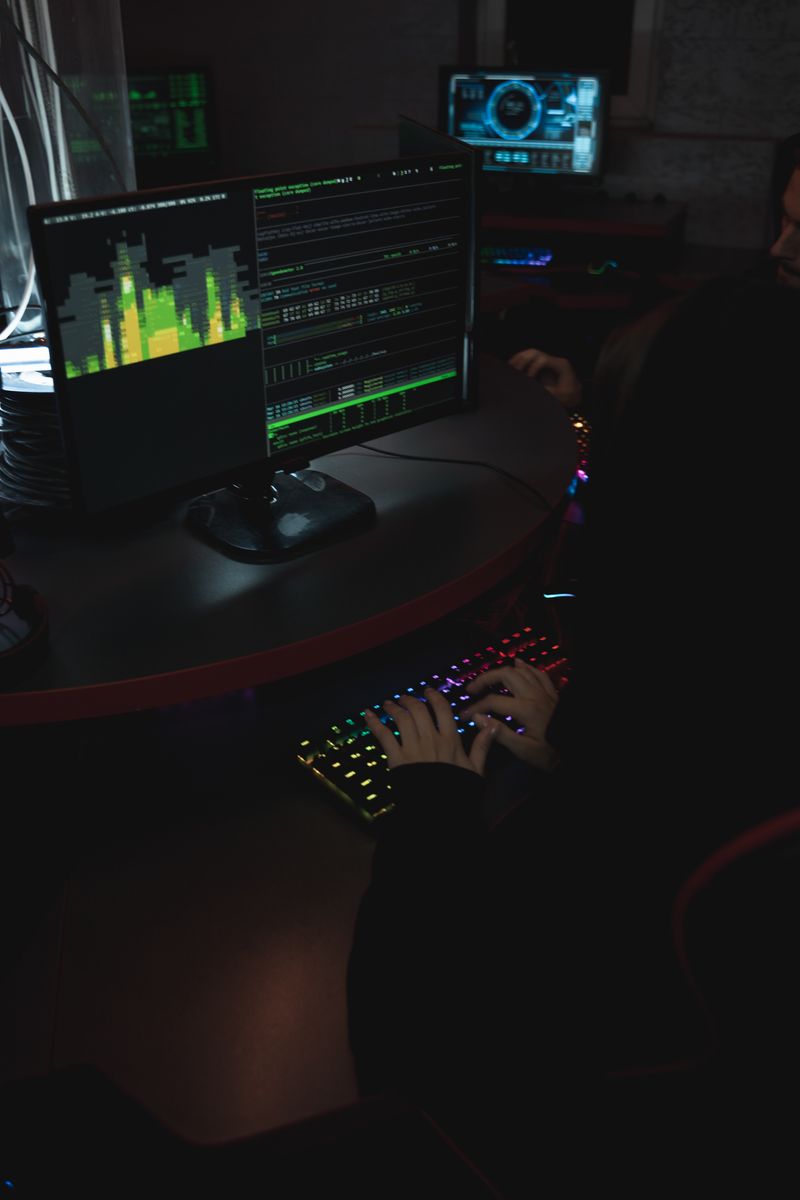The Holistic Approach to Cybersecurity: Strengthening the Role of the Chief Information Security Officer
The Threat Landscape
Six years ago, the Equifax leak served as a wake-up call for the importance of cybersecurity in the modern era. It highlighted the fact that any company can be targeted, and thus all organizations must thoroughly analyze how they store, access, and protect information. Today, threats are more prevalent than ever before, with criminals and nation-state actors becoming increasingly motivated. The advent of artificial intelligence has further empowered criminals with a vast array of tools at their disposal. The role of the Chief Information Security Officer (CISO) has consequently become more complex, encompassing various aspects in our high-stakes security climate.
Prevention & Response
Many CISOs tend to focus solely on deploying technology solutions to combat threats, often neglecting the necessary infrastructure and training to support their staff. Instead, a holistic approach is required, encompassing people, processes, and technology, and fostering a culture of prevention and response.
Prevention entails training employees to recognize phishing and social engineering schemes, providing a baseline defense against ongoing threats. Collaborating with IT teams is essential for patching and other process-oriented work. Additionally, visibility across the company is crucial. While technology can assist in this regard, human intervention is necessary to investigate potential red flags and identify emerging threats.
When it comes to response, CISOs must have a well-defined plan that is frequently tested and includes likely threat actors and scenarios. Involving both employees at all levels of the organization and relevant external stakeholders, such as board members, ensures crisis communications readiness. Cyber-insurance plans can also provide breach coaches to assist in designing and implementing response protocols.
Security Leadership
As the security function expands, several new capabilities have emerged as vital to support CISOs in their role. These include:
- Risk management facilitation, involving the identification and communication of key security risks in business terms, and advising business leaders and boards on cyber-risk.
- Protection services, encompassing physical security, noncyber incidents, workplace violence, BCM (Business Continuity Management), and crisis management.
- Operational security focused on protecting critical infrastructure such as plants, machinery, and industrial control systems.
- Data protection and privacy, including compliance with regulations such as GDPR and CCPA.
- Cyber resilience, covering functions like threat and vulnerability management, response and recovery, continuity planning, continuity of DevOps, and application security.
- Transversal auditing to ensure security is represented and understood throughout the organization.
- External client management, showcasing the company’s investment in data protection and security to attract and retain customers.
To facilitate the security program across the business, many CISOs are incorporating the role of the business information security officer (BISO). The BISO serves as the regional security ambassador, ensuring security policy adherence, educating the organization on cyber-risk and accountability, and weighing security protocols against user experience and new business initiatives.
Editorial: The Changing Role of the CISO
The responsibilities of a CISO have significantly evolved over time due to the rapid advancements in technology, changes in business practices, and the ever-evolving threat landscape. In today’s interconnected world, cybersecurity is no longer an isolated function but a critical aspect that permeates every facet of an organization. The role of the CISO must adapt accordingly.
The traditional duties of a CISO, such as safeguarding the company’s information and systems, are merely scratching the surface of their responsibilities. Today’s CISOs must be strategic leaders who build relationships and partnerships across departments. They must have a deep understanding of the organization’s goals and objectives, as well as the ability to communicate security risks in business terms to the senior leadership and board of directors.
Investment in training is essential to develop and nurture the necessary skills required for a modern CISO. Building strong relationships and partnerships with peers is vital for success. By establishing a network of trusted colleagues, CISOs can share knowledge, best practices, and stay updated on the latest security trends and threats.
Advice: Prioritizing Cybersecurity in the Modern Enterprise
Given the critical nature of cybersecurity in the modern enterprise, senior business leaders and boards of directors must prioritize it alongside factors like credit, liquidity, and market risk. Understanding the potential consequences of inadequate cybersecurity measures is crucial for informed decision-making.
To ensure a robust cybersecurity posture, organizations should consider the following:
- Elevate the role of the CISO: Provide the CISO with the necessary authority, resources, and support to effectively carry out their responsibilities. Recognize the CISO as a strategic leader and empower them to collaborate across departments and drive a culture of security throughout the organization.
- Adopt a holistic approach: Focus on people, processes, and technology. Prioritize employee training to recognize and respond to threats, and establish collaborative relationships between security and IT teams. Implement technology solutions for enhanced visibility, but ensure there are dedicated personnel to monitor and investigate potential threats.
- Invest in business information security officers (BISOs): These regional security ambassadors play a crucial role in disseminating security policies, educating the organization, and balancing security protocols with user experience and new business initiatives.
- Stay updated on the evolving threat landscape: Regularly assess and adapt security strategies to address emerging threats. Communication and collaboration with peers, industry experts, and trusted security partners can provide valuable insights and inform proactive security measures.
In conclusion, the role of the CISO in the modern enterprise is more critical than ever. By embracing a holistic approach to cybersecurity, prioritizing the development of strategic leadership skills, and establishing strong partnerships, organizations can enhance their security posture and protect themselves against the ever-evolving threat landscape.

<< photo by John Schnobrich >>
The image is for illustrative purposes only and does not depict the actual situation.
You might want to read !
- The Downfall of PIILOPUOTI: Finnish Authorities Crack Down on Dark Web Drug Trade
- Cybersecurity Insights: Evaluating the Implications of DHS’s Latest Recommendations on Incident Reporting
- Navigating the Noise: Staying Focused in a Distracted World
- Beware: CapraRAT Exploits YouTube to Hijack Android Devices
- The Future of Vulnerability Management: Embracing Risk-Based Approaches
- Boardroom Battle: Winning Over Your Board for Cybersecurity Success
- Unmasking “Culturestreak”: The Hidden Threat of Malware in GitLab’s Python Package
- Assessing Risks: Navigating Enterprise Decisions in Uncertain Times




